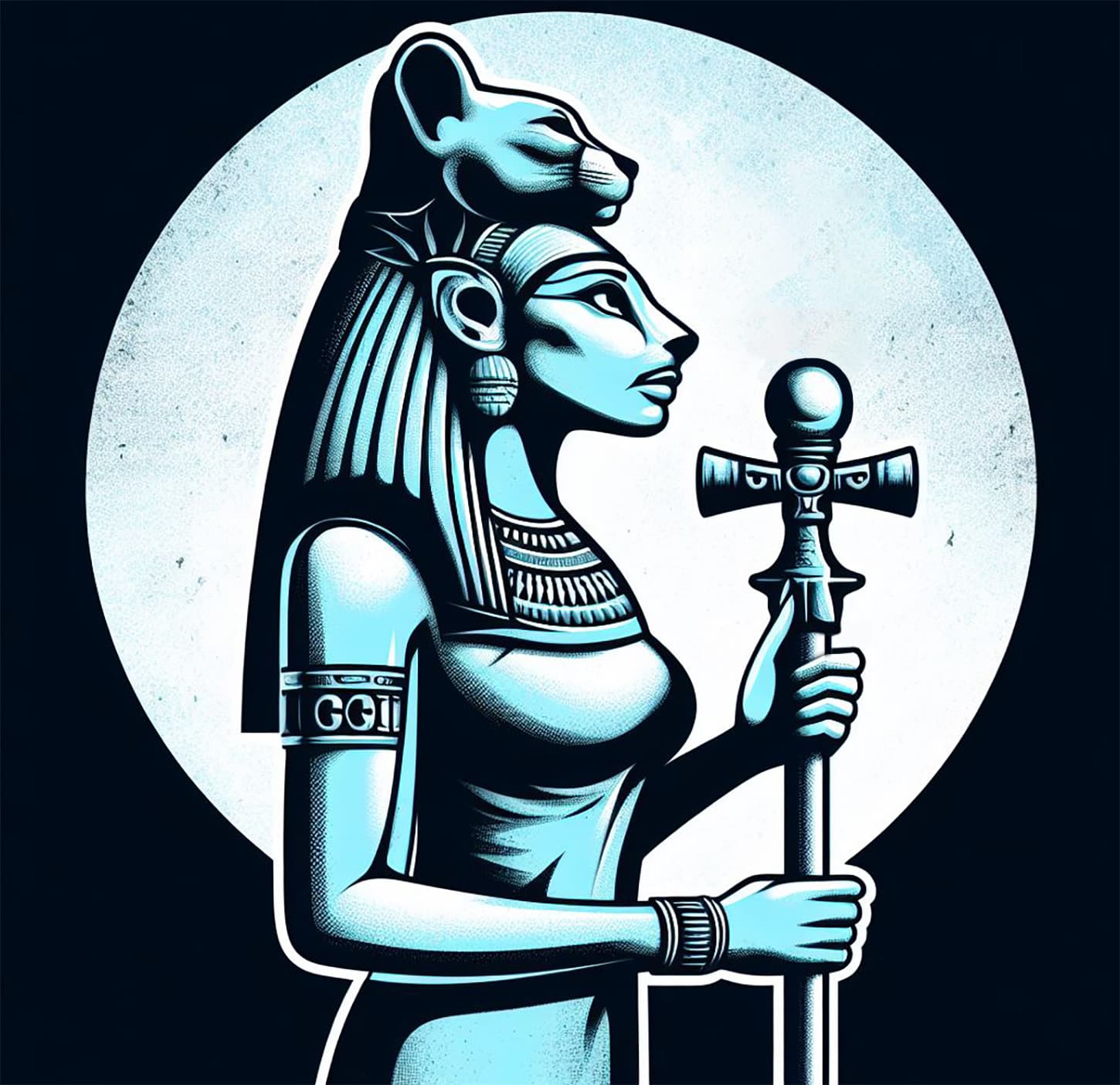Mafdet: An Egyptian Cheetah Goddess Who Hunts Snakes
As a cheetah deity, Mafdet in Egyptian mythology was a goddess of safety from scorpions and snakes. She was also a symbol of the judicial process (the death penalty).

As a cheetah deity, Mafdet in Egyptian mythology was a goddess of safety from scorpions and snakes. She was also a symbol of the judicial process (the death penalty).

